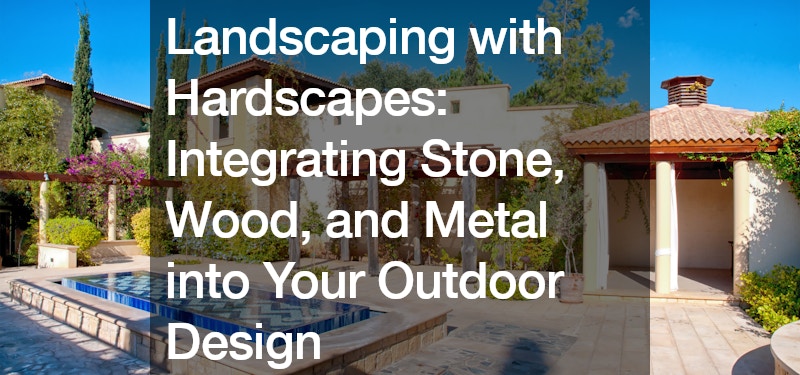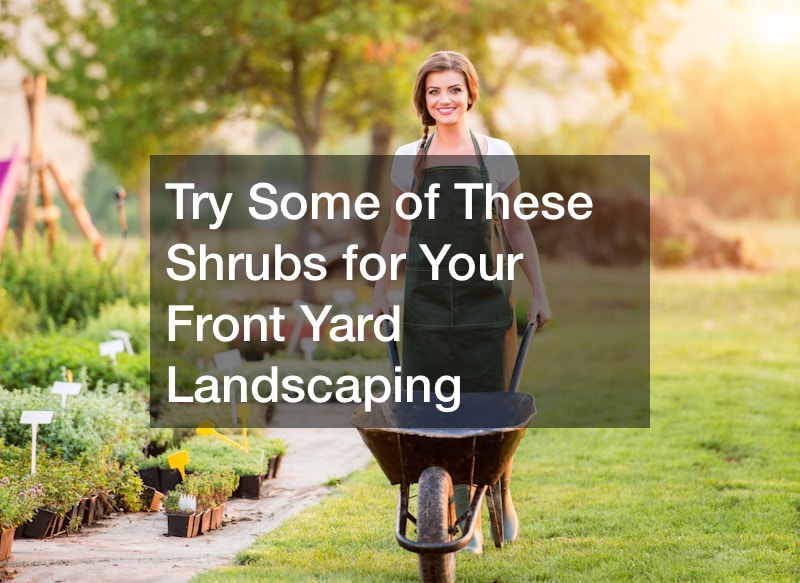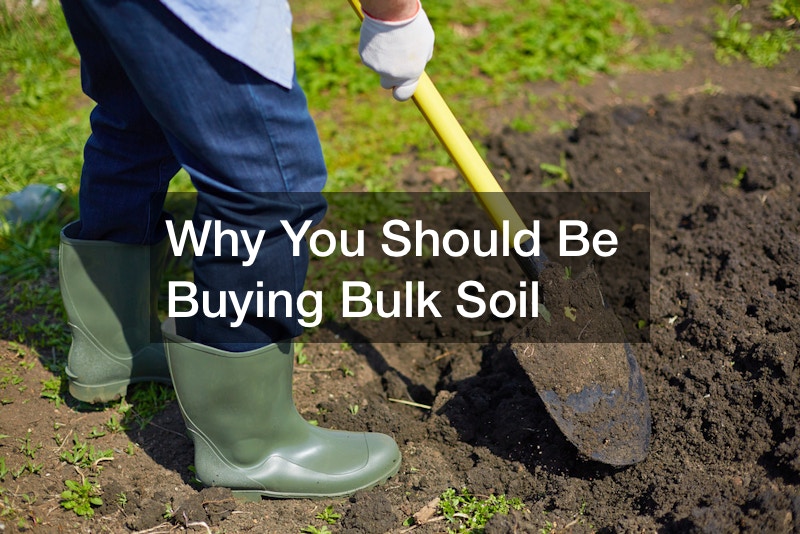Landscaping is often associated with lush greenery, blooming flowers, and manicured lawns. However, an often overlooked yet equally impactful aspect of landscaping is the integration of hardscapes. Hardscaping involves incorporating non-living elements like stone, wood, and metal into your outdoor design. These materials can add structure, texture, and visual interest to your yard, creating a balanced and aesthetically pleasing environment.
This article will explore how to effectively use hardscapes in your landscaping projects.
The Role of Hardscapes in Landscaping
Hardscapes serve several functions in a landscape design. They provide structure and definition to outdoor spaces, creating pathways, patios, and focal points that guide the eye and foot traffic. Hardscapes also offer practical benefits, such as reducing maintenance and improving drainage. By combining hardscapes with traditional landscaping elements, you can achieve a cohesive and functional outdoor space.
Integrating Stone in Your Landscape
Stone is a versatile and durable material that can be used in various ways to enhance your outdoor design. Here are some ideas for integrating stone into your landscape:
Patios and Walkways:
Stone patios and walkways provide a solid, attractive surface that can withstand heavy foot traffic. Options like flagstone, slate, and pavers come in various colors and textures, allowing you to customize your space to match your aesthetic preferences.
Retaining Walls:
Retaining walls made from stone add a rustic charm and prevent soil erosion and managing slopes. They can create terraced gardens, adding depth and dimension to your landscape.
Water Features:
Incorporating stone into water features, such as fountains, ponds, and waterfalls, creates a natural look that blends seamlessly with the surrounding environment. The soothing sound of water cascading over rocks can also enhance the tranquility of your outdoor space.
Stone Accents:
Smaller stone elements, like garden borders, decorative boulders, and stone planters, can add subtle touches of elegance and help define different areas within your garden.
Using Wood to Add Warmth and Texture
Wood is another excellent material for hardscaping, offering warmth and a natural feel that complements greenery beautifully. Here are some ways to incorporate wood into your landscape:
Decks and Pergolas:
Wooden decks provide a comfortable, elevated space for outdoor activities and can be customized with railings, built-in seating, and planters. Pergolas offer shade and structure, making them ideal for defining outdoor living areas.
Fencing and Screens:
Wooden fences and privacy screens not only offer security and seclusion but also add a touch of rustic charm. You can choose from a variety of styles, such as lattice, picket, or horizontal slats, to suit your design preferences.
Garden Paths and Edging:
Wooden garden paths and edging help delineate flower beds and walkways. Using materials like timber or railway sleepers adds a rustic and organic look to your landscape.
Raised Garden Beds:
Raised garden beds made from wood are not only functional but also add visual interest to your garden. They provide better drainage and make gardening more accessible by reducing the need to bend over.
Incorporating Metal for a Modern Touch
Metal is a versatile material that can bring a contemporary edge to your landscape. Here are some ideas for using metal in your outdoor design:
Garden Sculptures and Art:
Metal sculptures and art pieces can serve as focal points, adding a modern and artistic touch to your garden. Materials like corten steel, aluminum, and wrought iron offer durability and weather resistance.
Metal Planters and Containers:
Metal planters and containers provide a sleek and modern look, contrasting beautifully with the organic shapes and colors of plants. They are available in various shapes and sizes, making them perfect for any garden style.
Trellises and Arbors:
Metal trellises and arbors provide support for climbing plants while adding vertical interest to your landscape. They can be both functional and decorative, enhancing the overall aesthetic of your garden.
Outdoor Furniture:
Metal outdoor furniture, such as benches, tables, and chairs, is durable and weather-resistant. It adds a contemporary touch to your outdoor living areas and can be paired with cushions and textiles for added comfort.
Creating a Harmonious Balance
When integrating hardscapes into your landscaping, it’s essential to create a harmonious balance between hard and soft elements. Here are some tips for achieving this balance:
Proportion and Scale:
Ensure that the size of your hardscape elements is proportionate to the overall space. Avoid overwhelming a small yard with large structures, and conversely, make sure larger areas are adequately filled.
Color and Texture:
Consider the colors and textures of your hardscape materials and how they complement the plants and natural features in your garden. Aim for a cohesive palette that enhances the overall aesthetic.
Functionality:
Design your hardscapes with functionality in mind. Paths should lead naturally to destinations, seating areas should be placed in shaded or scenic spots, and structures should serve a practical purpose.
Integration:
Blend hardscapes with the natural landscape by incorporating plants around and within them. For example, use ground covers and trailing plants to soften the edges of stone paths or wooden decks.
Conclusion
Incorporating stone, wood, and metal into your landscaping can transform your outdoor space into a functional, visually appealing retreat. These materials add structure, texture, and interest, creating a balanced environment that enhances the beauty of your garden. By carefully planning and integrating hardscapes, you can achieve a harmonious and inviting outdoor design that reflects your personal style and meets your practical needs.
.





